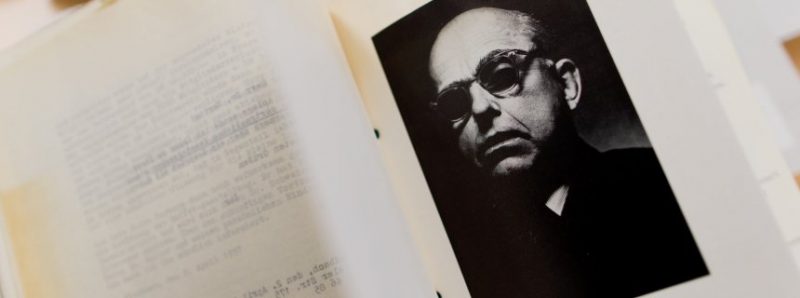Cornelius Gurlitt, 80, insists his father Hildebrand was innocent and that the paintings were acquired legitimately. The art collector is now desperately trying to take the works back, after customs officials seized them from his flat in Munich.
According to Der Spiegel, it has become clear that Hildebrands was responsible for the systematic looting of Jews throughout the Second World War, however, a large number of paintings were discovered by the Monuments Men after the war.
Hildebrand Gurlitt moved to Aschbach in Bavaria in 1945, after his house was destroyed during a bombing attack in February, in Dresden. When the Monuments Men went searching for the lost art in Bavaria, in April 1945, they arrested three Nazis who lived in the Aschbach castle: local party leader Baron Gerhard von Pölnitz and art dealers Karl Haberstock and Hildebrand Gurlitt. One of the Monuments Men wrote a note, describing the huge amount of artwork discovered inside the castle and belonging to a couple of ‘notorious German art dealers.’ The man said they found 34 boxes in a room on the above floor, 2 boxes with carpets, 8 boxes of books and another 13 boxes ‘owned by Mr Gurlitt,’ most of them containing paintings.
The Monuments Men described Gurlitt as an ‘art dealer to the Führer’, a collector from Hamburg who lived and acted within Nazi circles and many times on behalf of Nazi representatives, including Adolf Hitler. They believed he put the artwork collection together during his trips to France, from where he purchased large amounts of home art. ‘These private art collections consist of looted art from other countries,’ they wrote..
Cornelius Gurlitt was only 12 when the Americans interrogated his father in June 1945. They noticed Hildebrand was very nervous during the quiz and did not believe he was saying the truth, the Mail Online reports.
Among the £1bn masterpieces found at the Munich apartment are Henri Matisse’s ‘Sitting Woman’, ‘Two Riders On The Beach’ by Max Liebermann and an unknown painting by French artist Marc Chagall.
Hildebrand Gurlitt was a middleman between Hitler and Herman Voss, a museum director from Wiesbaden, who operated the art-buying programme for the Führer. Hitler’s plan was to build the biggest art museum in the world in the city of Linz.
In 1935, Hildebrand bought ‘The Studio of the Painter Grossmann’ by Bulgarian artist Jules Pascin, from a Jew who would later kill himself, Julius Ferdinand Wollf and who sold the painting for only 600 Reichsmark. The painting was initially rescued by the Monuments Men but it was returned to Gurlitt in 1950.
Hitler, who only liked classical art, assigned Gurlitt with the task of selling the so called ‘Degenerate Art’ abroad and bring the money into the country. Many of those paintings were found in Gurlitt’s apartment.
He was able to sell some of the paintings before the artworks were discovered, among them ‘The Lion Tamer’, by Max Beckmann, which sold for £750,000.
